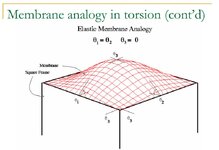g.n
Structural
- Apr 5, 2024
- 4
Hello, I am designing a built-up beam with several I shapes and was wondering if anyone knows about a reference or would like to share their experience with these types of members. The beam should span 40 ft and will be subjected to biaxial load.





